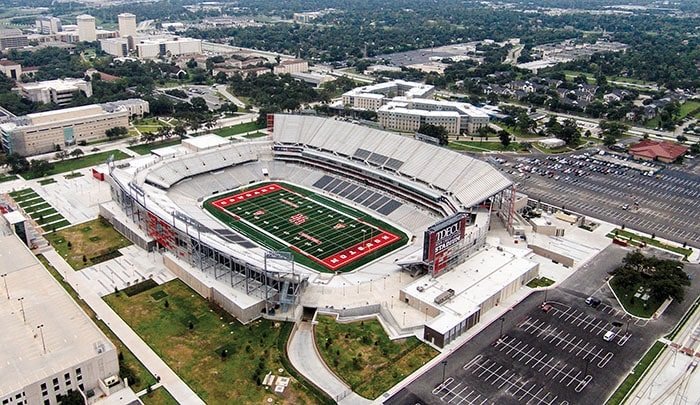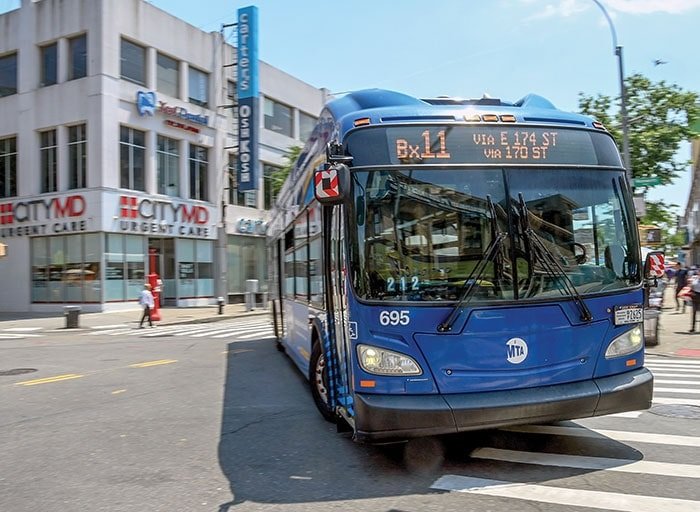Whether to have emergency phones on a university campus, including its parking facilities, has ceased to be an issue. The question now is how best to plan and deploy a system that is consistent with the university’s overall communications network; that meets statutory and regulatory requirements; and that enhances the integrated service and security needs of the facility.
There are several critical factors in making these determinations.
What is the communications backbone on campus? Is it traditional analog lines (perhaps POTS or Centrex, but more likely analog extensions on the campus PBX)? Or has the campus converted to VoIP (Voice over IP)? What functions must the system provide within the parking facility, such as security assistance, access control and elevators? Are any of these affected by legal requirements, such as the ADA (Americans with Disabilities Act) and the new A17 Elevator Safety Code? These legal requirements may affect not only where you need to deploy equipment (e.g., Area of Rescue Systems), but also how that equipment must perform (e.g., the new elevator code).
VoIP Is Here To Stay
Voice over IP is probably today’s most talked-about telecommunications development. The implications for security issues are numerous. The bottom line, however, is that regardless of what difficulties may exist in conversion from traditional analog systems, Voice over IP will continue to spread at an ever increasing rate. Many college campuses and corporate centers have converted over, and many more have plans in the process.
VoIP, or ethernet connectivity, provides many advantages in deploying emergency phone systems. You do not have to run separate analog “home-runs” back to a head-end frame, but rather can connect “ethernet drops” wherever you need them. You can also connect IP CCTV cameras to these same “drops,” easily installing and integrating these two security elements that are so often found together.
Therefore, in selecting emergency phone equipment, whether you have VoIP capability now or are planning for it in the future, make sure that the emergency phones you select have VoIP capability. Otherwise, you will be forced to run supplemental analog lines to support these units, and possibly these units will become obsolete when your facility goes totally VoIP.
An additional benefit of VoIP is that if your campus has established campuswide Wi-Fi “hot spots,” you can easily connect VoIP/RF-enabled Emergency Phones.
Quite simply, as VoIP becomes the new standard, make sure your emergency phone system and network can keep up with it.
Functions and Regulations
Increasingly, universities have come to view their parking facilities in much the same way that the commercial parking industry does. There have been numerous lawsuits over crime in parking facilities, and multimillion-dollar judgments are no longer unusual. For that reason alone, it is prudent to provide emergency phones with blue light/strobes, as well as CCTV, in parking locations.
Beyond that, however, universities have a mission of service to their students, faculty and employees. In this sense, this mirrors the attitude of shopping centers and airports, which view emergency phones as a way to provide service to their users, whether it is finding a car, jumping a dead battery or reporting a minor accident. Wall-mounted emergency/information phones with integrated blue light/strobes are particularly well-suited for this application.
There is also an expanding role for emergency/information phones in the area of access control (e.g., a controlled entrance vehicle gate). These locations usually have card access systems. However, what if the card does not work? The ability to quickly and easily call in to gain authorized entrance is essential. Units are now available that integrate the card access system and the emergency phone in one pedestal, making the operation of the system simple and reliable.
Emergency communications in parking facility elevators must comply with numerous codes, including both the ADA and the A17 Elevator Safety Code.
Until recently, the requirements for emergency communication in an elevator had remained unchanged since the 1960s. The code (ASME A17.1) simply required a way for emergency personnel outside the hoistway to be able to call into the elevator. That has all changed now. The new safety code significantly expands the role and requirements for an ADA emergency phone in the elevator (see ASME A17.1a-2002, Sec. 2.27).
All facilities should re-examine their elevator emergency phones to make certain that they meet all applicable codes and regulations.
Planning for the proper configuration of an emergency phone system has become more involved than it once was. However, expanding technology has made more products available for each need, as well as making it easier and more cost-effective to deploy these systems.
Samuel Shanes is Executive Vice President of Talk-A-Phone Co.
He can be reached at sshanes@talkaphone.com












